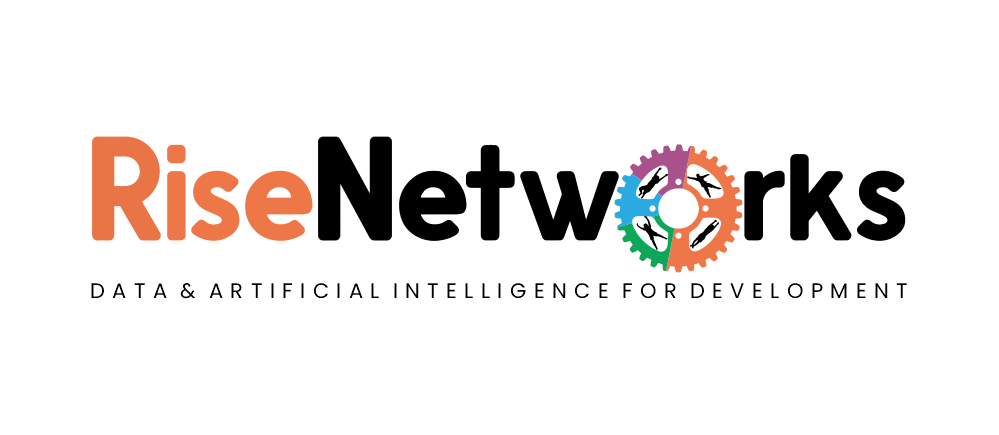- Definition of the problem statement: This is the first step in a data science project. It’s a brief description of the kind of problem you are trying to solve. For instance do you want to recommend products to clients or you want to predict the price of Cryptocurrency.
- Data collection: Data collection is the process of gathering and measuring information on targeted variables in an established system, which then enables one to answer relevant questions and evaluate outcomes. it is about constructing a dataset from one or more data sources to be used for exploration and modeling. Data collection is a solid practice to start with, an initial dataset helps us to get familiar with the data, to discover first insights into the data and have a good understanding of any possible data quality issues.
- Data Preparation: Data preparation is the act of manipulating raw data into a form that can readily and accurately analysed. Organizing the data correctly can save a lot of time and prevent mistakes. Most researchers choose to use a database or statistical analysis program (Microsoft Excel, SPSS) that they can format to fit their needs in order to organize their data effectively. Once the data has been entered, it is crucial that the researcher check the data for accuracy.
- Exploratory Data Analysis: Exploratory Data Analysis refers to the critical process of performing initial investigations on data so as to discover patterns, to spot anomalies, to test hypotheses and to check assumptions with the help of summary statistics and graphical representations. It is a good practice to understand the data first and try to gather as many insights from it. EDA is all about making sense of data in hand, before getting them dirty with it. EDA is the most important step as it helps us to build familiarity with the data and extract useful insights. If we skip this step then we might end up using inaccurate models and choosing the insignificant variables in our model.
- Building the model: Data modeling is the process of producing a descriptive diagram of relationships between various types of information that are to be stored in a database. Data modeling is a crucial skill for every data scientist, whether you are doing research design or architecting a new data store for your company. Modeling means formulating every step and gather the techniques required to achieve the solution.

